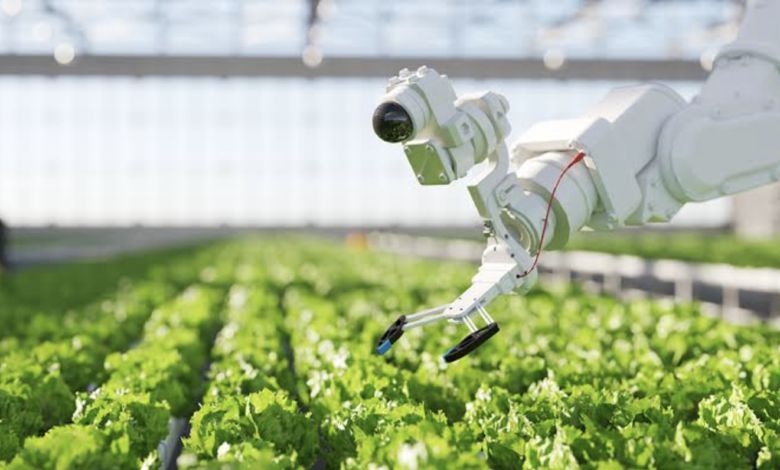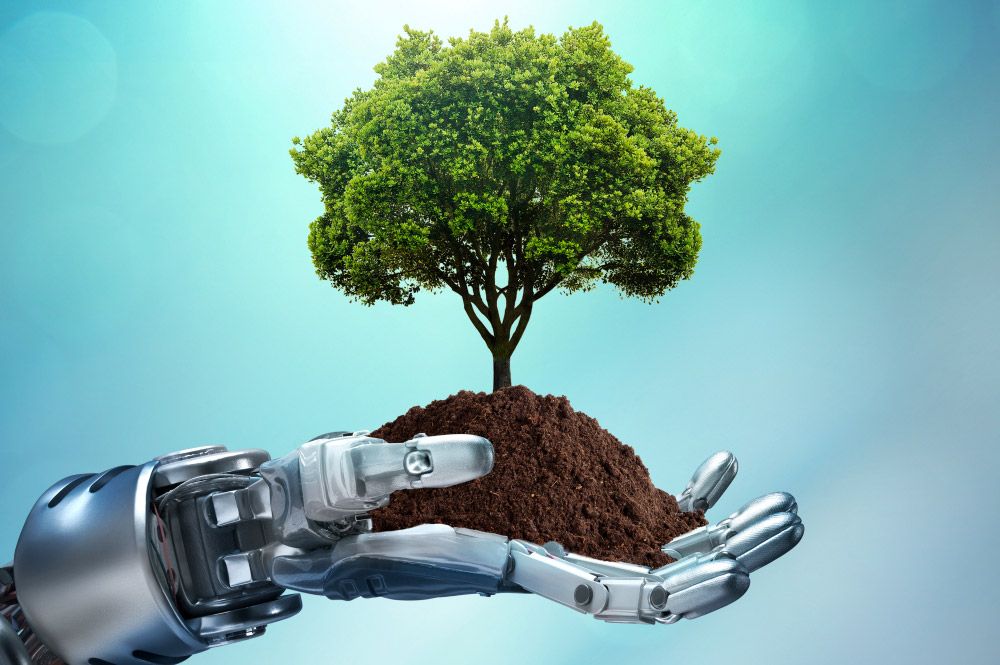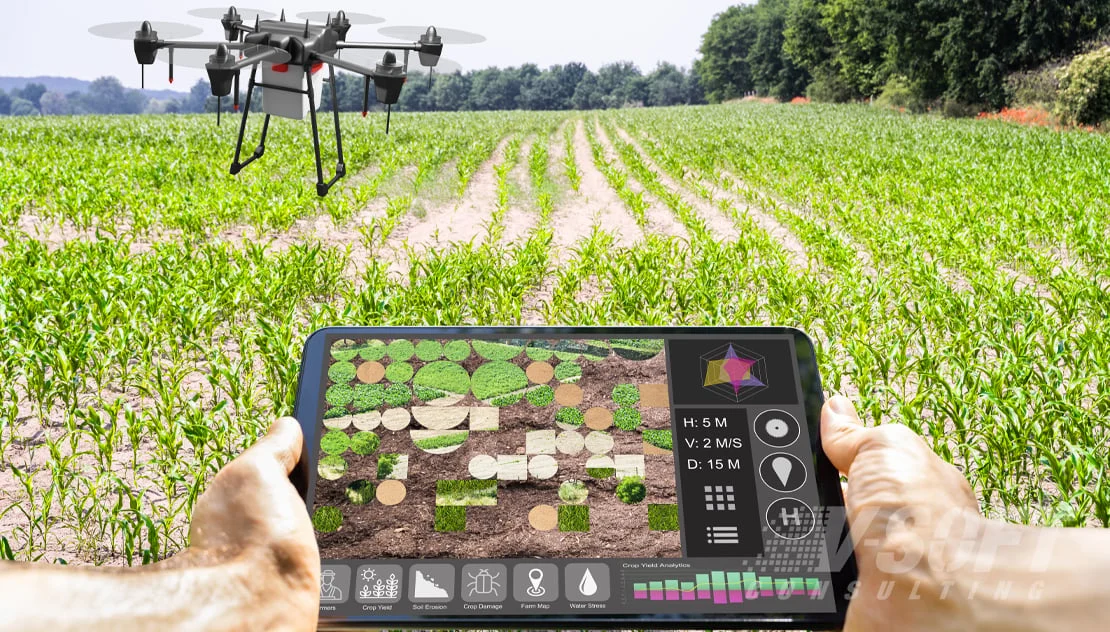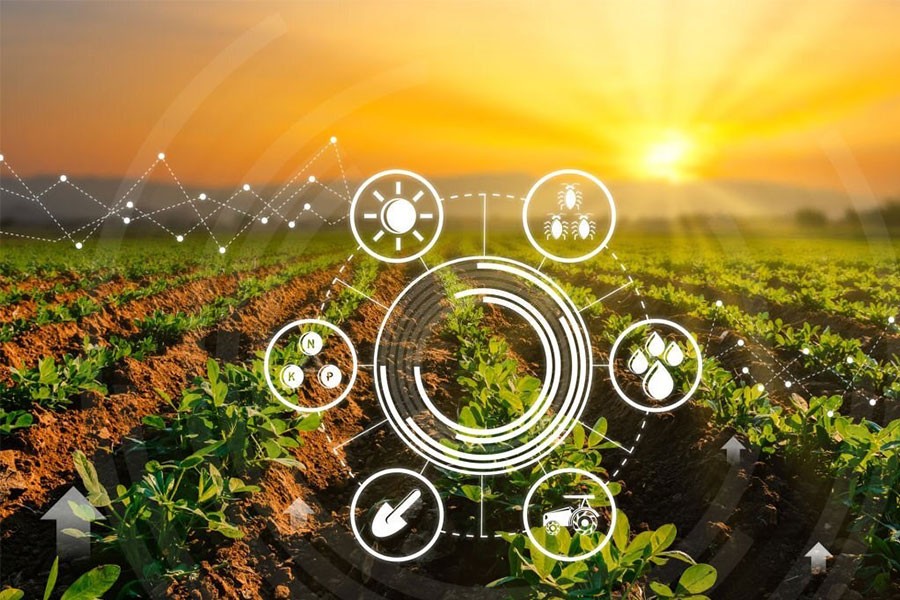Artificial Intelligence (AI) is rapidly transforming agriculture by improving efficiency, productivity, and sustainability. Understanding how AI is applied in real-world agricultural settings highlights its growing importance in shaping the future of farming.
What is AI in Agriculture?
AI in agriculture refers to using technologies like machine learning, computer vision, robotics, and predictive analytics to optimize farming practices, monitor crops, and enhance decision-making in real time.
How AI Works in Agriculture
AI systems in agriculture collect and analyze data from various sources such as soil sensors, drones, weather stations, and satellite imagery. By identifying patterns and predicting outcomes, AI helps farmers make informed decisions about planting, irrigation, pest control, and harvesting.
Key AI Techniques Used
Machine Learning: Assists in predicting crop yields, detecting diseases, and optimizing resource usage based on historical and real-time data.
Computer Vision: Utilized for monitoring plant health, identifying weeds, and guiding autonomous farm machinery.
Robotics: Supports automated planting, weeding, and harvesting to increase efficiency and reduce labor costs.
Predictive Analytics: Helps forecast weather patterns, pest outbreaks, and potential risks to improve crop management.
Case Studies
Precision Farming: Several farms use AI-powered drones and sensors to monitor crop conditions and soil health, enabling precise application of water and fertilizers, reducing waste, and increasing yields.
Disease Detection: AI-based computer vision tools are used to scan crops and detect early signs of diseases, allowing farmers to take immediate corrective action and minimize losses.
Automated Harvesting: In regions with labor shortages, AI-driven robots are deployed to harvest fruits and vegetables efficiently, improving productivity and reducing dependency on seasonal workers.
Supply Chain Optimization: AI is also applied to track produce from farm to market, reducing spoilage and improving logistics for faster, more reliable delivery.
Benefits of Using AI
AI helps farmers make data-driven decisions, increase productivity, reduce environmental impact, and manage resources more efficiently. It also enables more sustainable farming practices.
Limitations to Keep in Mind
AI in agriculture depends on reliable data, proper infrastructure, and significant initial investments. Technology adoption may be slower in smaller or under-resourced farms.
Conclusion
AI is playing a vital role in modernizing agriculture and addressing food security challenges. Through real-world applications and successful case studies, it’s clear that combining AI technology with human expertise can lead to smarter, more sustainable farming practices.







Leave feedback about this